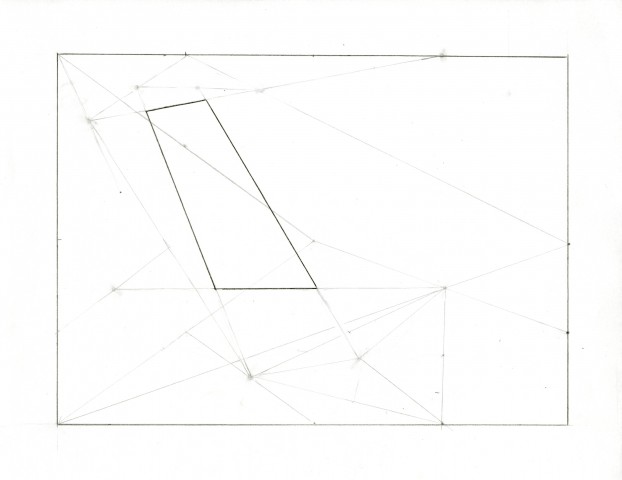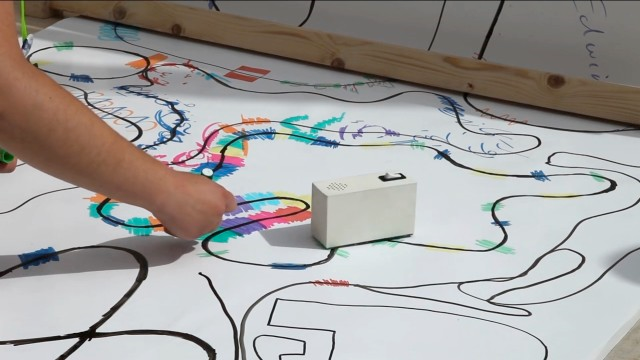
On Tumblr there are typically three flavors of users: Creators, Consumers and Curators. For most of my time on that platform I’ve been more of the latter two, even though I myself am very heavily involved in creative endeavors. I figured that it would be a good time for me to increase my Tumblr’s quality by putting my own original content on there instead of simply regurgitating and recycling what is already on there. And with my new recipe, I am able to easily and effortlessly share my photography without the hassle of opening up new posts, etc.
While APIs are largely developed for functionality, it’s also interesting how it can be used as a tool for art. As Jer Thorp wrote, APIs are essentially “conduits for the mash-up, long a preferred creative tool for media artists. Instead of producing a single mash-up, though, a functional API makes a permanent link between two applications, one whose pitch and timbre can change as the data themselves are updated.” It points to an interesting wave of art unseen of nor so easily possible before–that is, the remix culture. Even if its very basis can be (cynically?) broken down into input-processing-output as Jim Campbell did, the implications we can draw from the simple arrangements of what those components are can already say a lot. It is simply up to the human modifying the machinery to figure out how best to portray his intentions with it.
I also can’t help but think of a quote from Bruce Sterling’s essay on the rise of the New Aesthetic with digital media and remix culture:
“Our human, aesthetic reaction to the imagery generated by our machines is our own human problem. We are the responsible parties there. We can program robots and digital devices to generate images and spew images at our eyeballs. We can’t legitimately ask them to tell us how to react to that…..You can have all the machinic imagery out of CERN that you want, but the question is: what does it mean, how does it feel, what you do with it, how can you create? Is is beautiful, ugly, worthy, worthless, how is that good or bad, how does it change us?”
Source:
Sterling, Bruce. “An Essay on the New Aesthetic.” Wired.com. Conde Nast Digital, 02 Apr. 2012. Web. 29 Aug. 2013. <http://www.wired.com/beyond_the_beyond/2012/04/an-essay-on-the-new-aesthetic/>.



